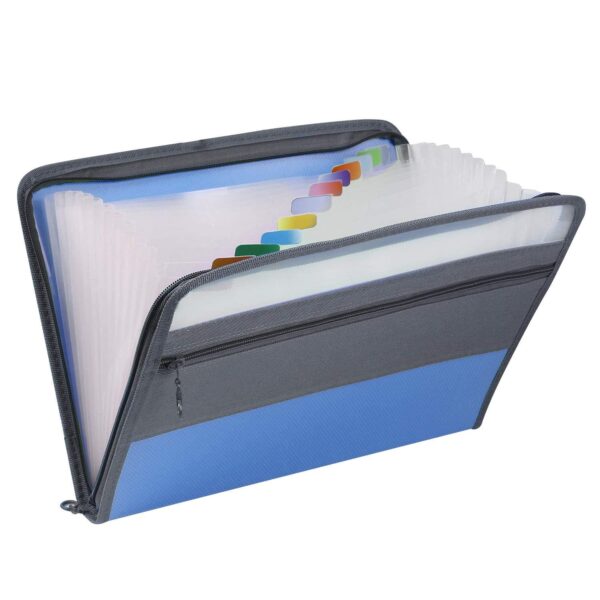Description
Introduction to Scientific Computation with Python
Jung-Il Choi
What is scientific computation?
The process of using mathematical algorithms and computer technology to solve scientific problems
Why do we need to learn scientific computation?
Through the validated model and verified algorithm, scientific computation allows
Advancing science and theory : more macro/microscopic systems
Application to engineering
Gas turbine and airfoils on aircrafts
Sustaining our lives and environment
The 17 Goals Environmental fluid mechanics
Adopted by all UN Member
States in 2015.
Substantial role in SDGs no.
Part of the 2030 Agenda for
6, 7, 9, 11, 13, and 14.
Sustainable Development.
Sustainable cities & communities
make cities and human settlements inclusive, safe, resilient and sustainable.
Sustaining our lives and environment
Verification and validation(V&V) : Numerical simulation into science
To bring numerical simulation into the realm of ‘scientific’ computation, two questions must be asked.
Did you solve it well?
Did you solve it properly?
Solving equation using computer
Why do we need a faster computer?
For real-time application to the real world, high-speed calculation is required (Digital Twin)
Why do we need a faster computer?
Development of programming language
Machine language
Language written in bits that the hardware can decode and execute directly
Assembly language
More readable than machine language but still closely tied to the instruction set architecture of the specific computer
High-level programming language
an easy(?)-to-understand programming language without relying on computer architecture
Development of programming language
Evolution of programming language
an easy(?)-to-understand programming language without relying on computer architecture
FORTRAN(FORmular TRANslation, 1957) : The first successful
advanced language, mainly for scientific and technological calculations
ALGOL60(ALGOritmic Language 60, 1959): Languages that greatly influenced the development of later languages such as pascal, C language, etc
COBOL(COmmon Business Oriented Language, 1960) : Language
Created for Office Processing
C (1972) : language that provides access to computer structures using pointers, used for programming computer systems
C++ (1983) : Expanded C language with object orientation
Python (1991) : Interpreter-style, object-oriented,
interactive language
A Brief History and Current Status
Python was created in late 1980s by Guido van Rossum and first appeared 1991
Python 2.0 was released in 2000 with major new features.
Python 3.0 was released in 2008 with features backported to Python
2.6.x and 2.7.x.
Python 3.11.0 is the current stable releases with increased program execution speed and improved error reporting.
The older series, including 3.9, 3.8 and 3.7, will only receive security fixes in the future.
Guido van Rossum Creator of Python programming language.
Why do we use Python in this class?
Simple and clear syntax
Huge and excellent library
Good support for interfacing C, C++, and Fortran (F2py) Python is available for FREE!
Comparison to languages
Cubic spline code Python vs MATLAB vs Fortran
How to build environment for python
There are many IDE(Integrated Development Environment) to programming with Python
ex) Jupyter, IDLE, Pycharm, VScode….
You can use whatever you prefer for your purpose when it comes to IDEs.
Here, explain how to use Jupyter notebook.
Anaconda3 is a distribution of the Python for sciectific computing, that aims to simplify package management and deployment.
https://www.anaconda.com/products/distribution
If you correctly downloaded Anaconda3, there is Jupyter Notebook in menu.
3. Print “hello world”
Q&A Thanks for listening




Reviews
There are no reviews yet.